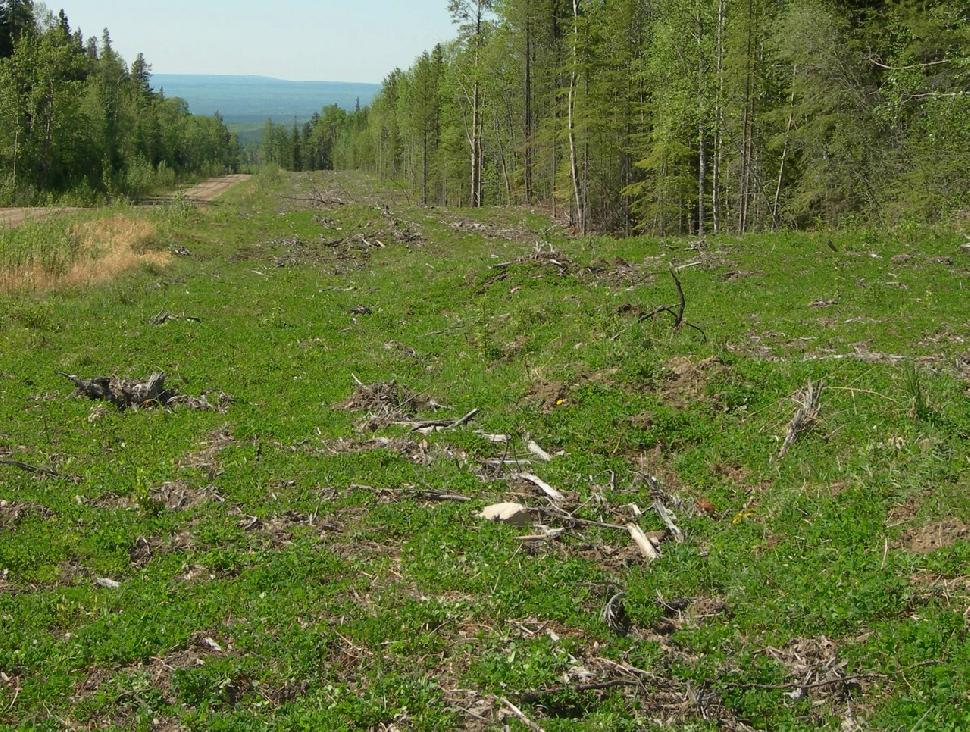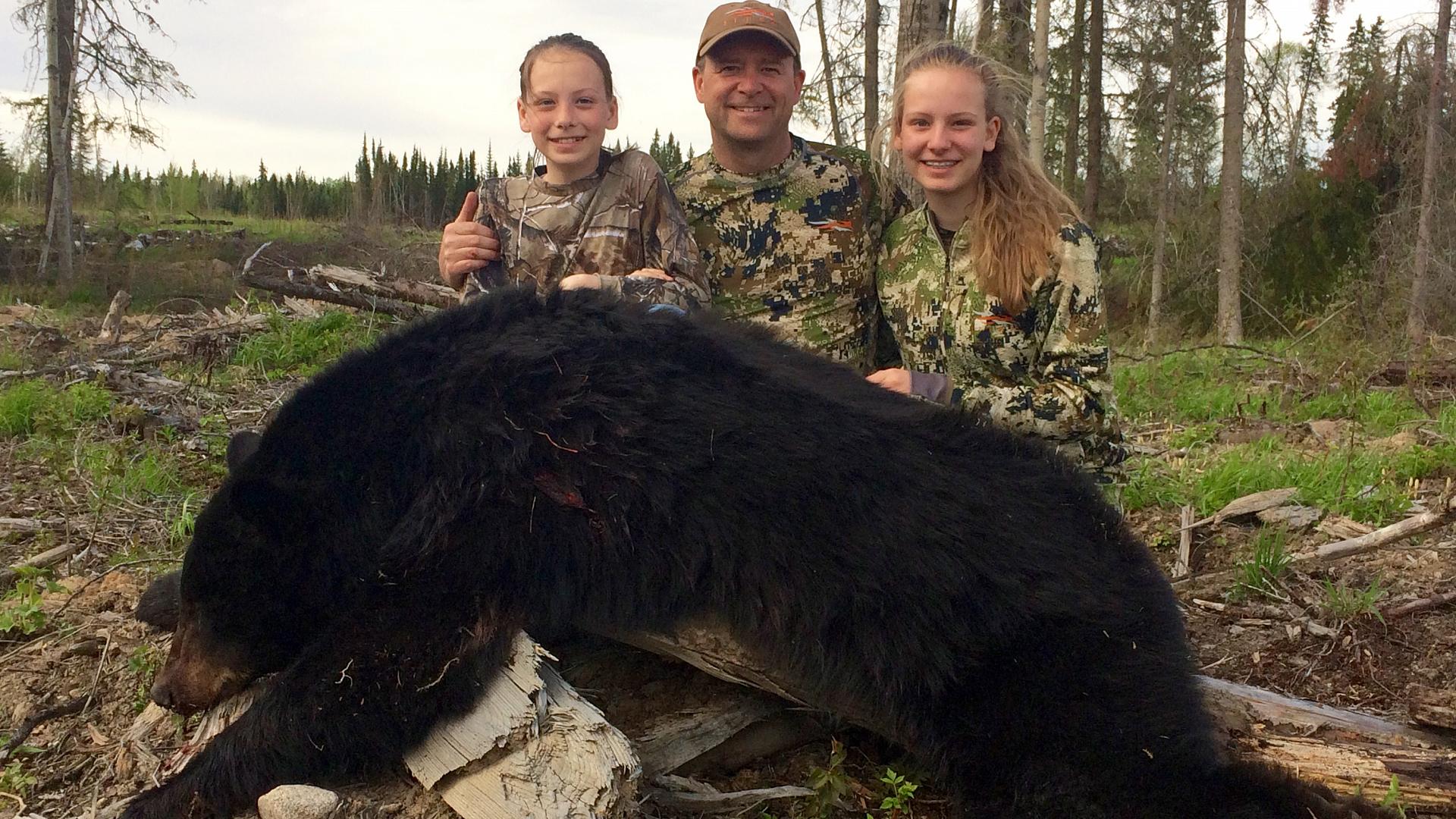Beckoning Bruins
To elevate the adrenaline factor, try a spot-and-stalk hunt with a predator call
Advertisement

Find the food
The first rule with spotting and stalking black bears is to focus on areas where baiting is not allowed, as bears home in on bait sites and rarely travel far from them. They are opportunistic feeders, so when bait is available, they’re less likely to risk feeding out in the open—let alone respond to a predator call.
When looking for a bear to stalk and call to, habitat is also key. While they can be found in aspen parkland, foothills and mountains, and even on tundra, bears truly thrive in mixed boreal forest habitat. Bears are omnivorous, but on most days, organic food sources are a top priority, especially in the spring. Locate a high-quality food source and you will eventually find a bear.
Advertisement
Black bears prefer to remain hidden, but their stomachs get the better of them in May and June after they emerge from their dens. Look for lush green chutes (above) on south-facing slopes, along open cutlines and next to logging roads—places where the bears are most visible and your odds of an encounter go up. Where regulations allow, I’m a big fan of using an ATV to slowly travel pipelines and cutlines off the main roadways.
When available, a bear’s preferred spring meal is clover and dandelions, but it will rarely pass up a free carnivorous meal. So, if you find a bear out feeding, try calling him into range. Likewise in the fall, bears feed heavily in preparation for denning. From August through October, berry patches can be dynamite locations. In fringe agricultural areas, meanwhile, fall bears will flock to standing oat fields to feed. Calling near either of these hot spots can also produce great results.
Forestry management zones and fringe agricultural areas certainly hold a lot of bears, but if you really want to up your odds, drive the extra distance into public land zones, where the timber is heavy, the habitat is good and bear numbers are high. Look for low-lying boggy areas and cascading beaver dams, which can be dynamite because they offer another accessible food source.
Advertisement
Remember, too, that predators, including black bears, like to follow waterways such as creeks and rivers; ridges and valleys are also heavily used travel corridors. Invest your time in all these areas and you will eventually find a bruin.

